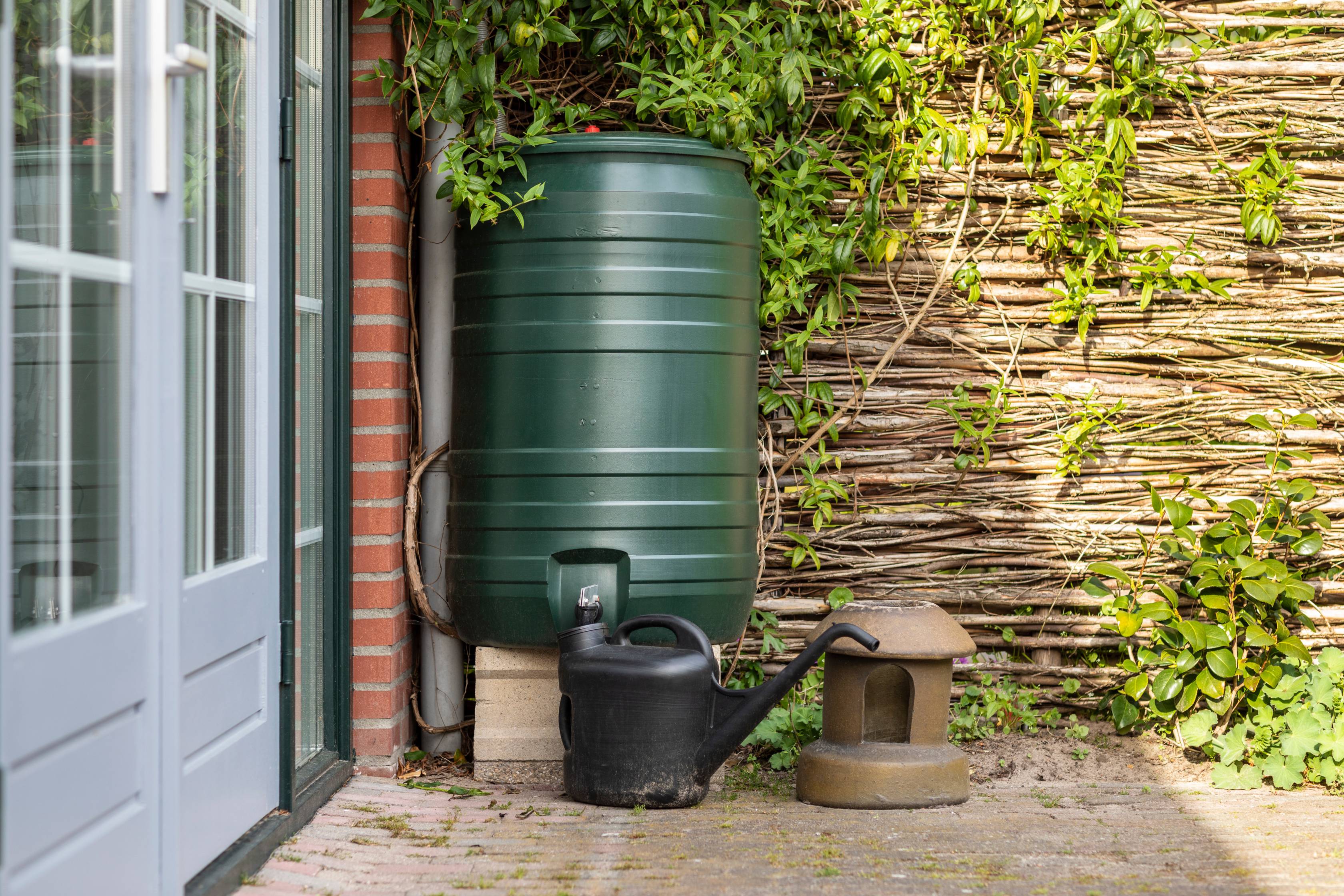The Firm Yield of Rainwater Harvesting in Texas

Project Summary
In Texas, rainwater harvesting has historically been an alternative source of water for centuries. However, it currently does not account for much of the state’s supply, especially outside the Hill Country. Planners and other key decision-makers generally do not consider rainwater harvesting to be a reliable source of water. To address this, the Meadows Center conducted a study to evaluate the firm yield of rainwater harvesting across the state and provide valuable information to planning groups for future consideration of rainwater harvesting in planning efforts.
Rainfall data was obtained from various cities across the state and compiled into graphs to illustrate and quantify firm yields. Unsurprisingly, the researchers concluded that smaller storage volumes are sufficient in the wetter, eastern areas of the state, while larger storage volumes are required in the dryer western areas. In drier climates, rainwater harvesting systems are less reliable in providing higher storage volumes. To achieve larger firm yields, catchment areas in drier climates need to be much larger than those in wetter climates and, in some cases, substantially larger.
One key result of this analysis was that the drought’s impact on the firm yield varied based on the demand for firm water. The study demonstrated that determining the firm yields across the entire state depends mostly on water use. In addition, most of the state could benefit from reliable rainwater harvesting than is currently understood.
Project Resources

Robert Mace, Ph.D., P.G.
Executive Director & Chief Water Policy Officer
Professor of Practice, Department of Geography
(512) 245-6021
rem142@txstate.edu
Faculty Profile
Funders
Funding for the study was provided by The Meadows Foundation. Funding for outreach associated with this research was provided by H-E-B.

